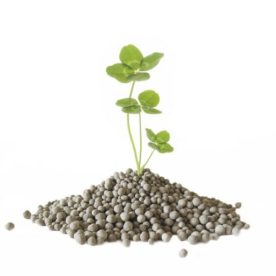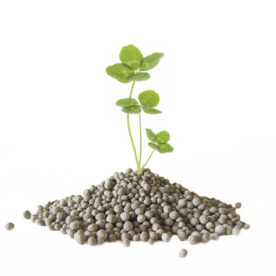Typical Lime Particle size and application chart
| Description | Particle size | pH maint. |
| Ultra Fine Particle | < 20 micron average | 75 – 100 kg/ha |
| Lime flour | < 50 micron average | 100 – 150 kg/ha |
| Fine particle Lime Sieved | 250 micron | 250 – 300 kg/ha |
| Cropfine Lime Sieved | 250 micron | 250 – 300 kg/ha |
| Ag-Lime | 95% < 2.000 micron | 1 ton/ha |
| Track Lime Sieved | 20mm | n/a applic.rate * |
*Dependent on soil test results
When buying any Lime product there are two critical factors that will determine its efficiency and cost effectiveness in raising the soil pH on your farm.
1 – Purity. Fact – It’s the Calcium Carbonate portion of Lime that raises soil pH. In NZ our Limestone quarries range in Calcium carbonate purity from approx. 98% down to less than 50%. To achieve a pH increase of say 0.2, as the Calcium carbonate purity decreases, the quantity of lime required increases.
2 – Particle size. Fact – It’s the surface area of exposed Calcium carbonate that determines Lime efficiency. As Lime particle size is reduced, it’s surface area increases exponentially. Contrary to popular belief, it is a scientifically proven fact that large particles of applied Limestone do not have any significant slow release effect in pastoral applications.
Understanding fine particle lime. Consider grandad’s Lime rule of thumb, “a ton to the acre”, if we place a 1 ton boulder of limestone in the middle of a 1 acre paddock we have ‘a ton to the acre’, however that obviously won’t be very effective. If we crushed that same boulder down to Track Lime and spread it in the same paddock, you can guess how effective that’s going to be. Grind that same Limestone boulder down to Lime flour, (far smaller than Ag-lime), and spread that, you know it will work. So now when it comes to Lime you understand the importance of particle size.
Micron sizes.Very small particle sizes are measured in microns. There are 1,000 microns in a millimetre. A healthy human eye can only see as small as about 4 microns. Bacteria are around 1 to 2 micron. The smaller the micron number, the finer the particle size. For agricultural use, Lime is sold under many generalised descriptions that are relative to the particle size of the product. As Lime particle size is such a critical factor, it’s important to have an understanding of these general descriptions.
Ultra-fine particle. An average particle size of less than 20 micron.
Lime flour. An average particle size of less than 50 micron.
Fine particle Lime. Crushed, then usually sieved to 250 micron maximum particle size.
Crop-fine Lime. Similar to Fine particle Lime.
Ag-Lime. Limestone crushed and sieved so that 95% is less than 2mm, (2,000 micron).
Track Lime. Limestone crushed to 20mm, (20,000 micron)
Note: These descriptions and sizes may vary from supplier to supplier, therefore it is important when buying Lime, to ask “What’s the particle size”? When buying Prilled, Granulated or Slurried Fine Lime products, ask “What was the particle size before it was Prilled or Granulated”?
When it comes to Lime, the finer the particle size and the higher the purity the better the results.
Andrew de Lautour. PFP Fertilisers Ltd. ©
For further information or a sample pack phone us on (06) 8585235


